Let’s be frank. At Cars24, we sell all kinds of cars—from budget hatchbacks to luxury SUVs—and meet plenty of drivers, most of whom ask the same question: “How can I increase my car’s mileage?” With the EV transition underway but petrol still powering the majority of our cars, mastering fuel efficiency remains more relevant than ever.
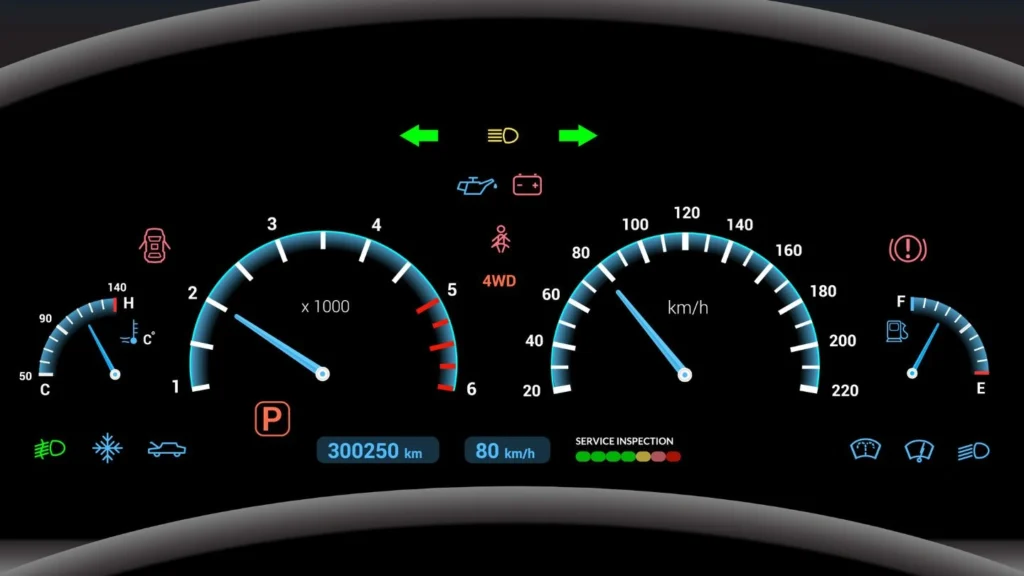
Fuel prices in Australia remain unpredictable, and even if they stay stable, it’s always good to save a little on running costs with a more efficient car. While those fancy new hybrids promise some very appealing fuel consumption figures, you too can become a pro to get the most out of your ride. Achieving better mileage isn’t about magic solutions, it’s about understanding your car and adopting smart, modern driving habits.
1. Accelerate gently
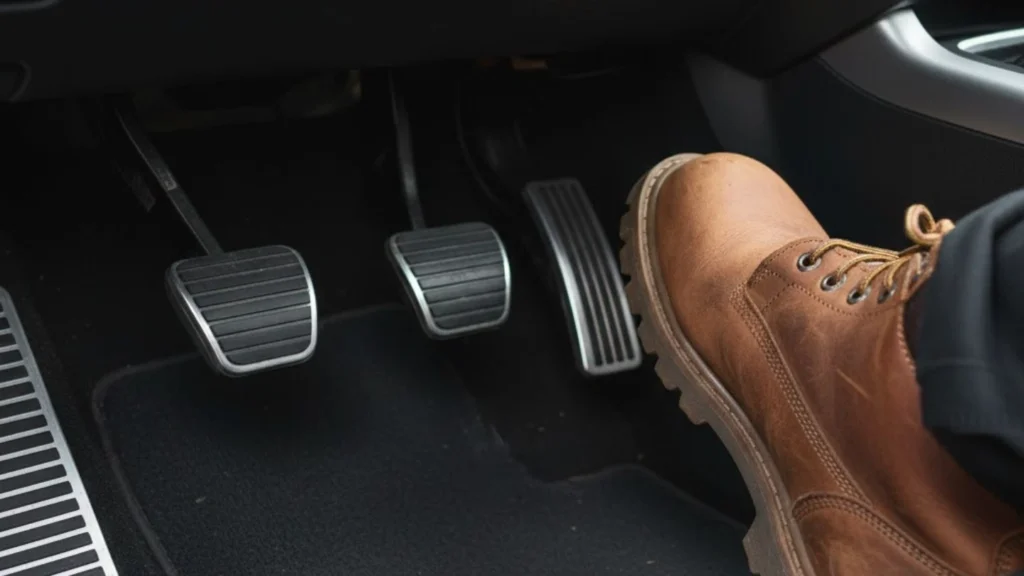
Your right foot has more control over your car’s efficiency than any dashboard button or hybrid technology. Rapid acceleration may feel thrilling, but it guzzles fuel faster than you think. By easing gently into the throttle, you allow the engine or motor to operate within its optimal power band. This technique requires patience, not only from yourself to slowly accelerate up to speed, but also mental strength as you will undoubtedly encounter rushed drivers who will express their frustrations with your slow and smooth acceleration that delayed them by a handful of seconds.
This fuel-saving technique is also something that your car will welcome. Modern ECUs are designed to reward smooth drivers with better fuel economy and range.
Pro Tip: Imagine a cup of coffee resting on your dashboard. If you can accelerate without spilling it, you’re driving efficiently.
2. Keep a steady pace
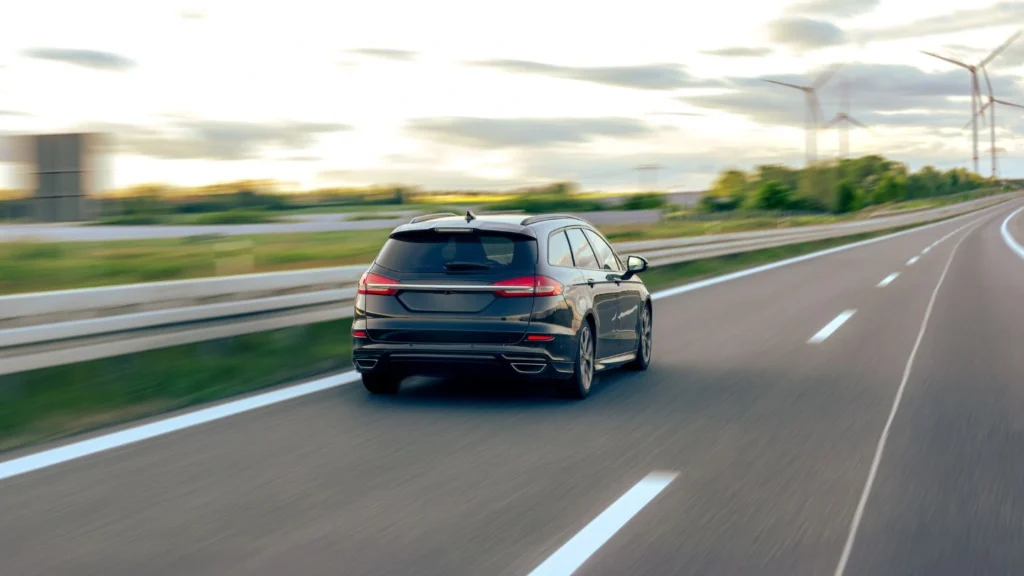
Once you’ve gently accelerated to the appropriate speed, the next step is just as important for increasing mileage. A smooth, consistent pace is the secret to long-distance efficiency. Every unnecessary brake or burst of throttle drains precious millilitres of petrol or diesel. Adaptive cruise control, now standard on most 2025 models, can help you maintain a steady speed for most highway commutes and optimises fuel consumption.
Pro Tip: On highways, keep your engine RPMs under 2,000 for petrol cars and around 1,800 rpm for diesels; that’s the frugal sweet spot for most engines.
3. Tyre pressure: Small detail, big difference
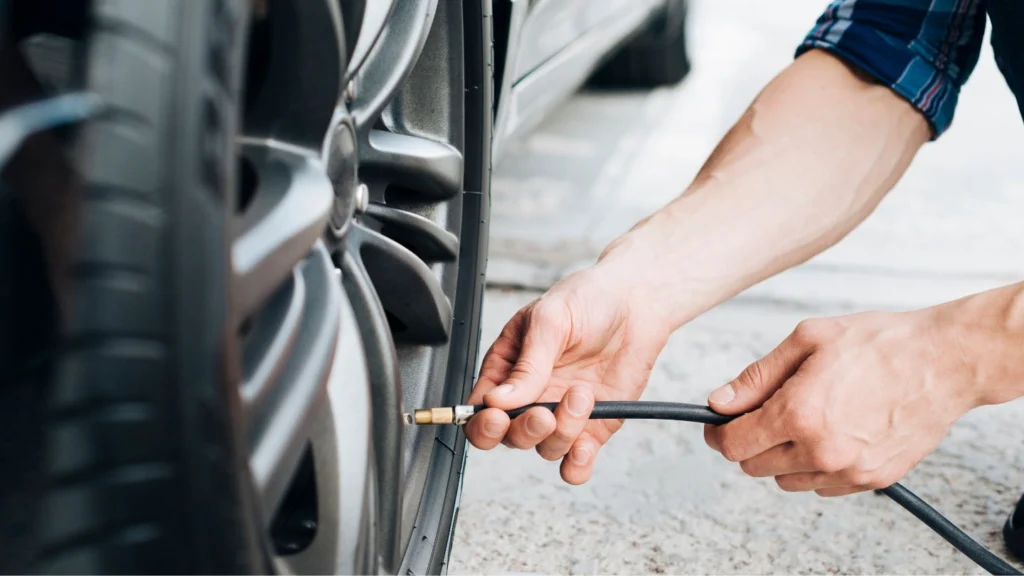
It’s easy to overlook, but underinflated tyres can sabotage your mileage. Low pressure increases rolling resistance, meaning your engine must work harder just to maintain speed. The heavier the car, the more the impact of low tyre pressure on your fuel economy and given that most of Australia drives either an SUV or ute, it’s a very important detail to consider.
Thankfully, most new cars come equipped with a TPMS (Tyre Pressure Monitoring System). But don’t just rely on the light; check manually once a month.
Pro Tip: A 5 PSI drop in tyre pressure can reduce mileage by up to 3%. Keep them inflated to the manufacturer’s recommendation (usually found inside the driver’s door sill).
4. Lighten your car
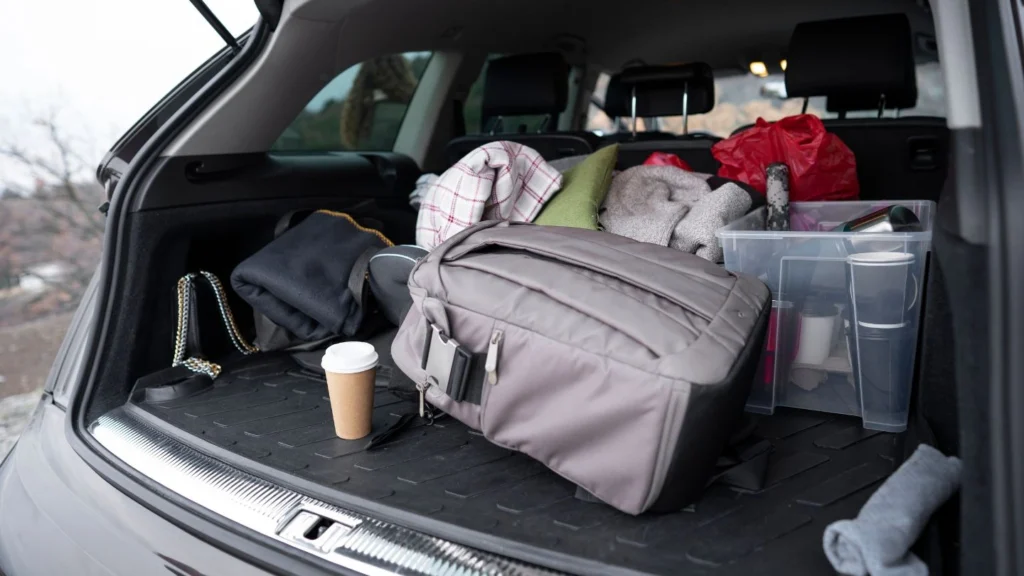
Extra weight from an assorted clutter of items might not seem like much, but it quietly eats into your car’s fuel efficiency. That extra box of tools in the boot, roof racks you forgot to remove after a weekend trip, even the extra baby trolley in the boot, it all adds up.
Aerodynamics matter too. Roof boxes or bike racks create drag that forces your car to work harder at higher speeds. The same applies to driving with your windows down which increases the drag and negatively impacts your fuel economy over a longer journey at highway speeds.
Pro Tip: Every additional 50 kg of load can reduce fuel efficiency by about 2%. Travel light, drive further.
5. Never skip a service
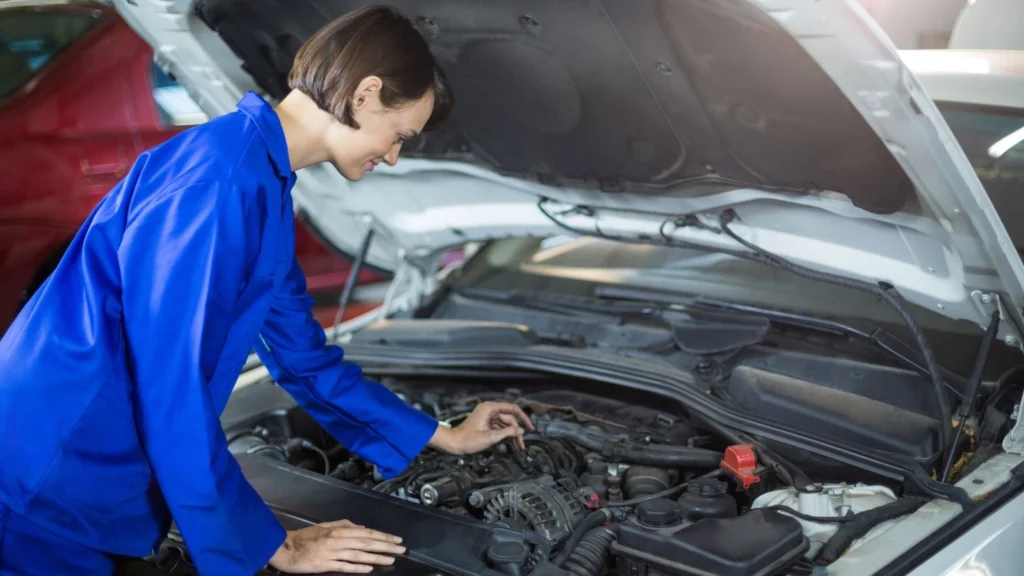
Regular maintenance is the foundation of vehicle health and, consequently, optimal fuel efficiency. Clean filters, fresh engine oil, and healthy spark plugs ensure your engine breathes and performs properly. Skipping a service can lead to clogged filters and misfiring, both of which reduce efficiency or, worse, risk a total breakdown.
Pro Tip: Think of your service schedule as preventive medicine. A well-tuned car delivers peak performance, better mileage, and longer lifespan.
6. Use the right drive mode
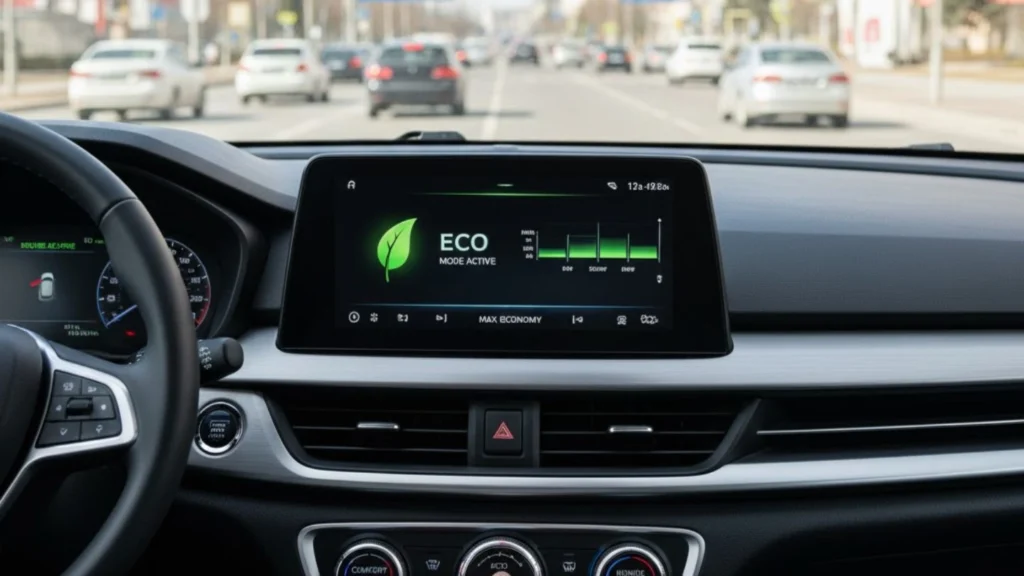
As mentioned earlier, most modern ECUs (electronic controller unit) that monitor various powertrain functions are geared towards maximising fuel economy. Even budget-friendly cars in 2025 come equipped with selectable drive modes- Eco, Comfort, Sport, and sometimes even individual settings.
In Eco mode, throttle sensitivity is reduced, gear shifts happen earlier in the rev range, and climate control output is optimised. It’s ideal for city commutes or long highway stretches when hypermiling.
But when you’re going to make an overtake or if climbing steep roads, switch back to Normal drive mode for increased responsiveness and better road safety.
Pro Tip: Don’t treat Eco mode as a one-size-fits-all solution and use it all the time. It’s a tool at your disposal, use it smartly.
7. Control the climate controls
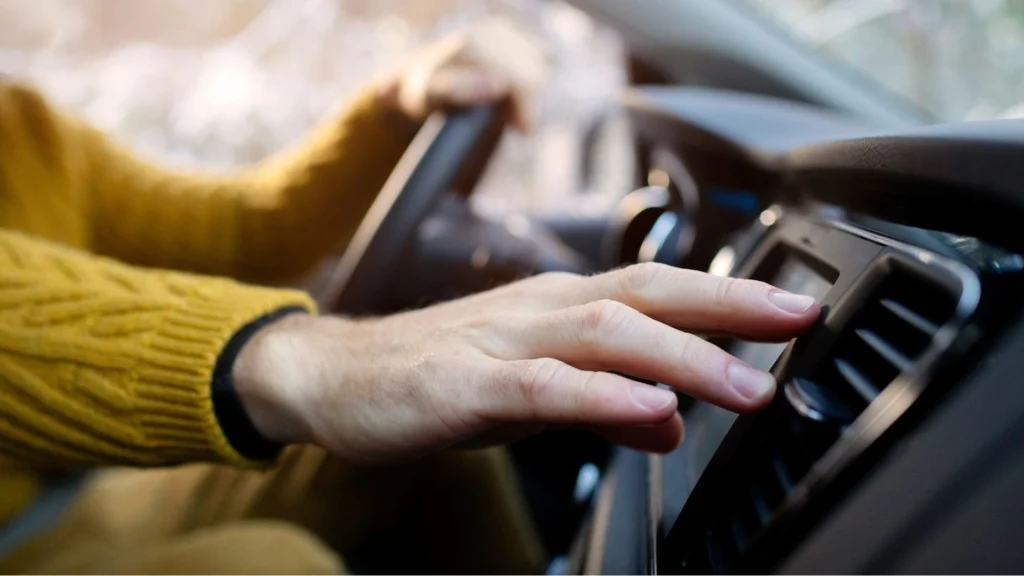
Air conditioning and heating systems in cars are more efficient than ever, but they still consume energy and fuel. But you can optimise for increased fuel economy by being more conscious about its usage, especially if you’re driving an older model. Depending on the weather conditions, you can toggle the climate control on and off, instead of letting it run (even automatically), and further reduce the fuel consumption per trip.
There is also the age-old question of many family road trips – A/C on or windows down? As mentioned earlier, having the windows rolled down does create extra drag which reduces fuel efficiency. However, at slower speeds (below 60 km/h), rolling down the windows won’t affect the aerodynamics of the car as much, and would be better for hypermiling.
Pro Tip: Use the ‘recirculate’ setting. It cools the cabin faster and reduces the strain on the HVAC compressor, improving mileage subtly over time.
8. Plan your routes better
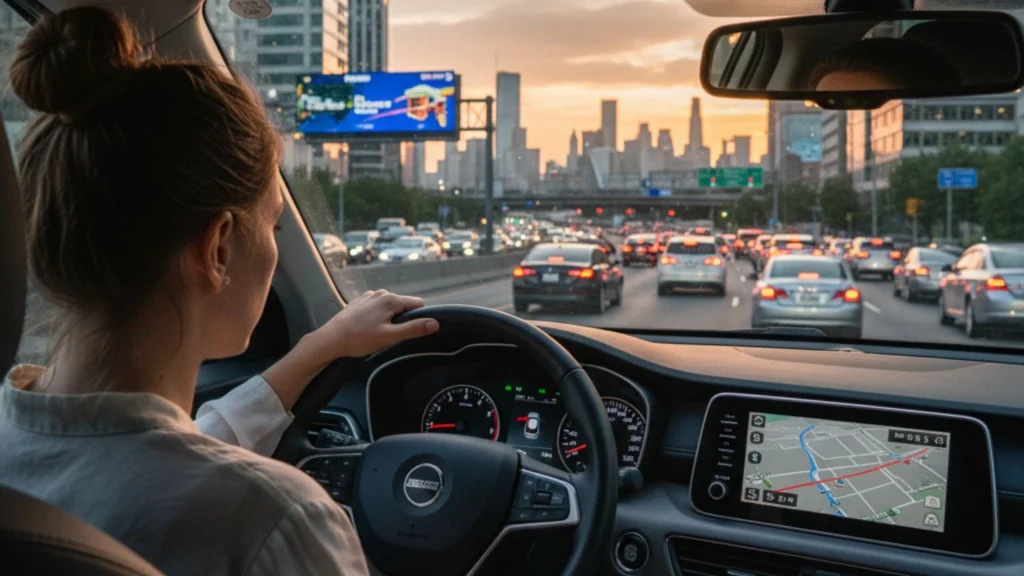
Traffic just keeps getting worse and idling while stuck in traffic is the enemy of fuel efficiency. By planning your travel better with the help of real-time navigation and AI-based route optimisation, you can avoid peak traffic in order to optimise your fuel consumption. Check live traffic updates, avoid heavy congestion, and time your drives for off-peak hours if possible.
Pro Tip: Google Maps and Apple Maps now display estimated fuel or battery consumption for routes, use it to plan the most energy-efficient option, not just the quickest.
9. Anticipate the road ahead
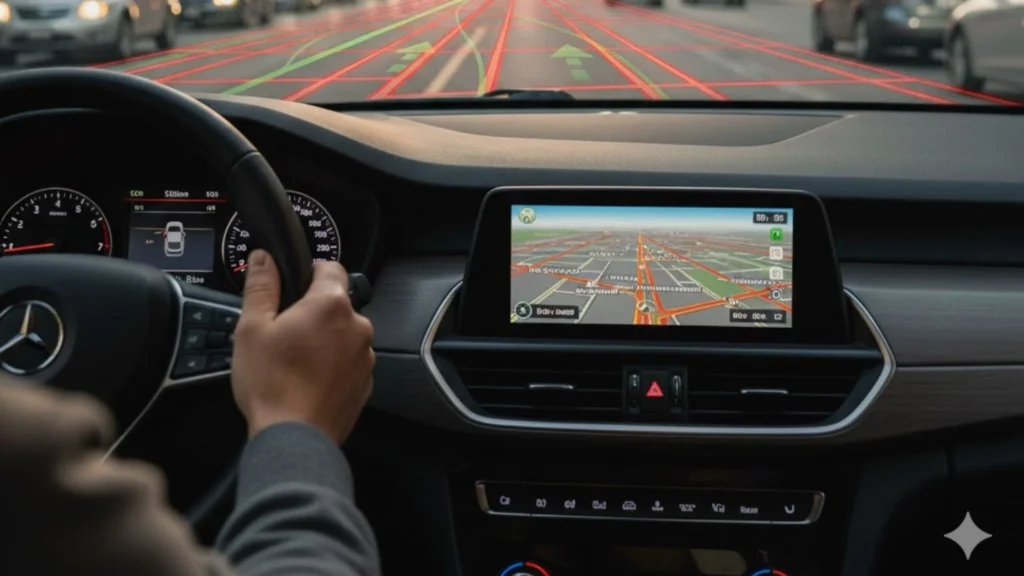
Efficient driving is not reactive, it’s predictive. Look ahead, anticipate turns and braking zones, downshift optimally, and coast whenever safe to do so. This style not only saves fuel but also extends the life of your brakes and tyres.
Pro Tip: Keep a two-car distance in city traffic. It gives you time to respond calmly instead of accelerating and braking erratically.
10. Respect your car’s rhythm
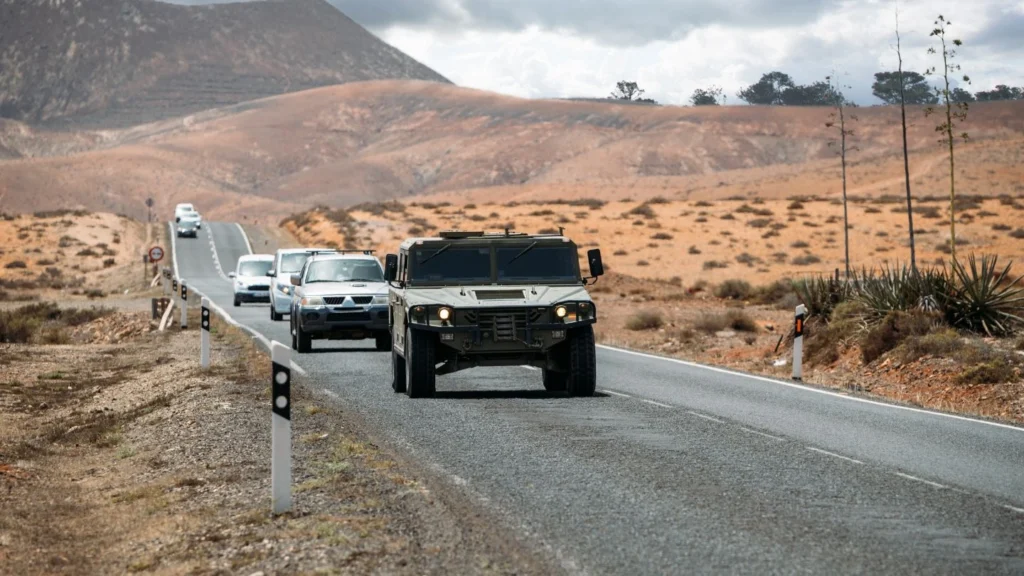
Every car has a personality and a rhythm. Learning how your vehicle “likes” to be driven makes all the difference. Don’t overload it, don’t rev the engine unnecessarily, and don’t cruise too slow in a high gear. Straining the engine, whether by revving too high or lugging too low, reduces efficiency and long-term reliability.
Pro Tip: The sound and feel of your car can tell you more than the gauges in the instrument cluster. A smooth hum and rumble means the car’s happy; a judder or vibration usually means you’re asking for too much.
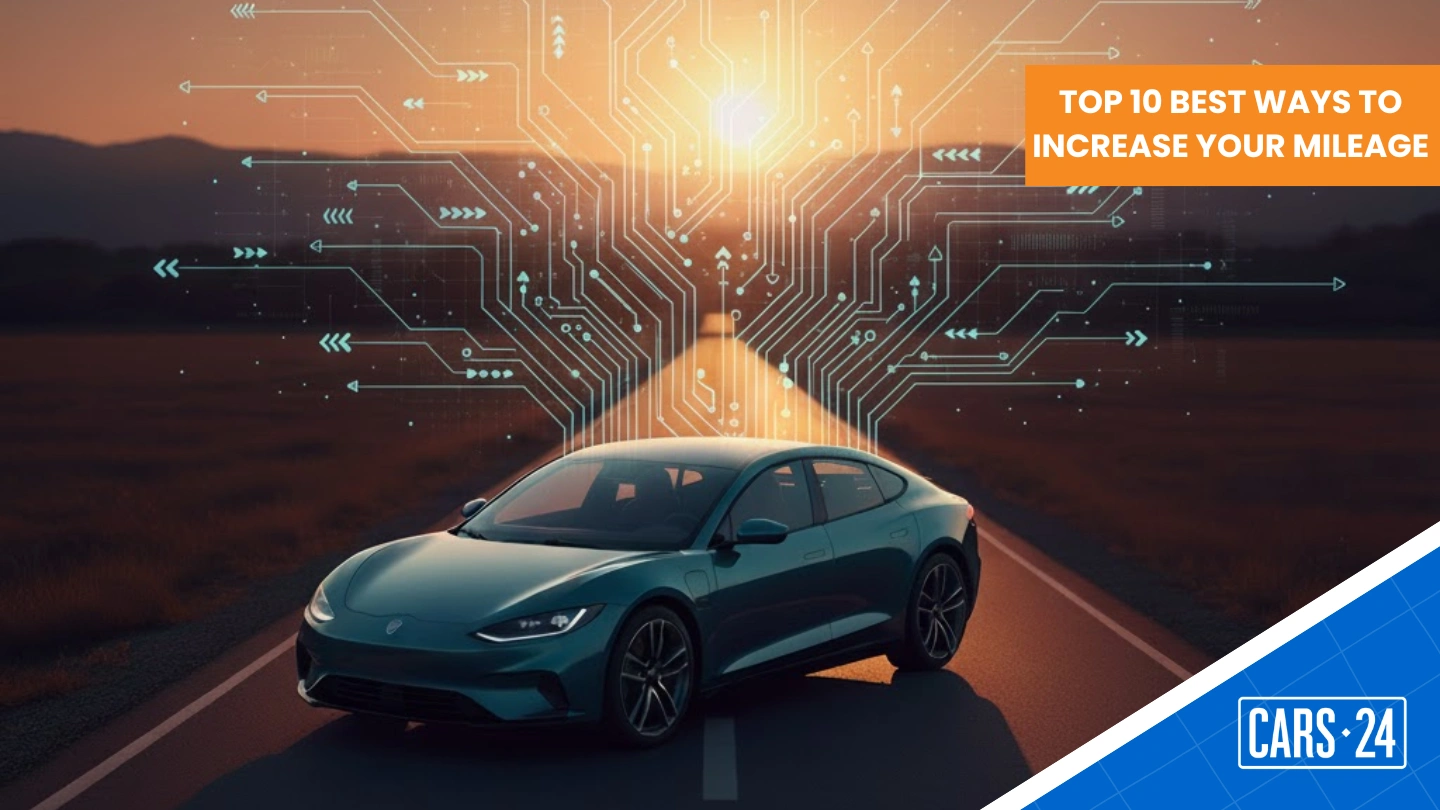
Comments
New Comment